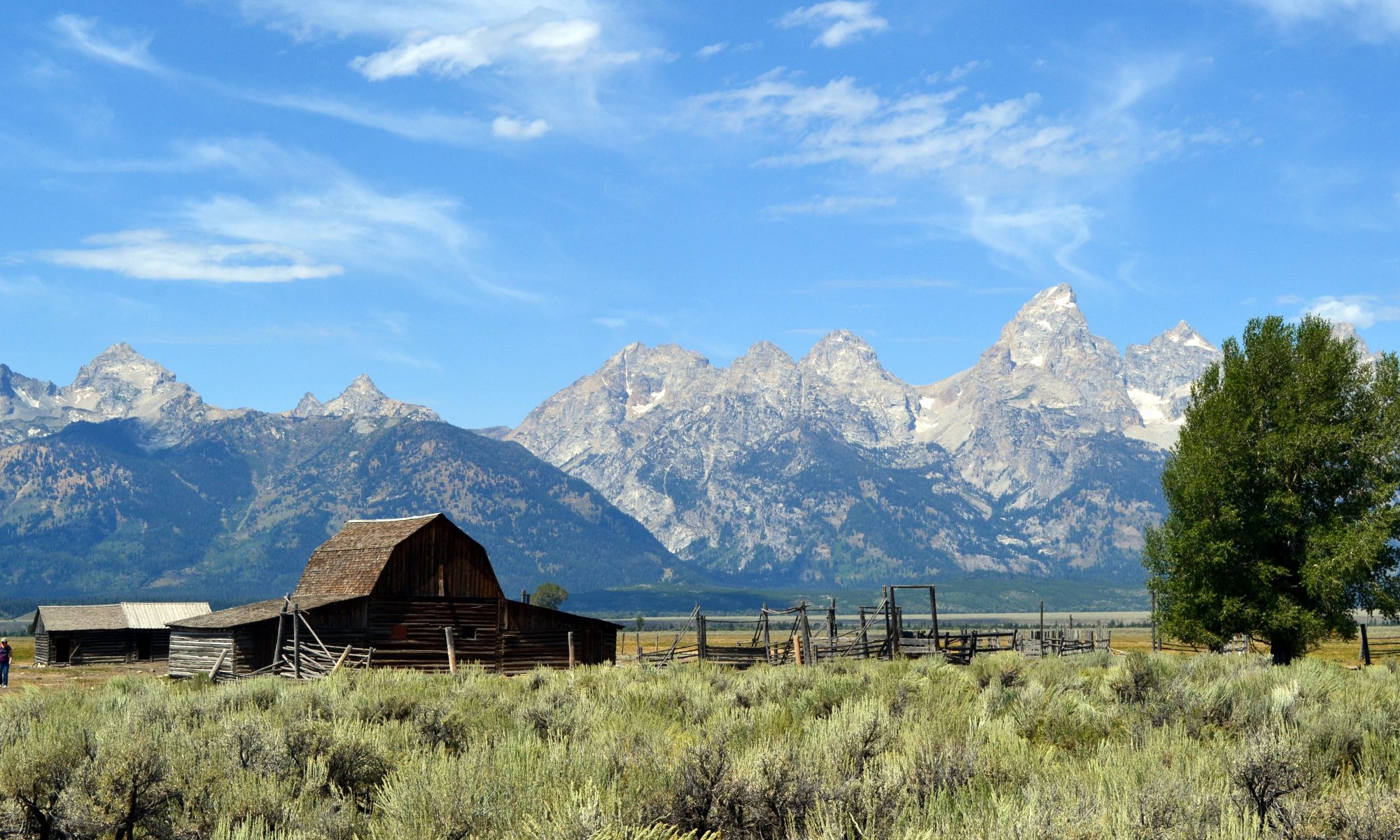You can lead a horse to water . . .
How many times have you heard that statement? It is an old bit of country wisdom. You can bring your horse to the water trough. But, if he ain’t thirsty, then he ain’t drinkin’.
Now, consider an update to that piece of rural wisdom.
You can lead a horse to water, but you can’t make him drink. However, you can salt his oats!
In days gone by, our forefathers knew that if a horse has been sick and is weak and in danger of going down, you can put a little salt in his oats and that salt will draw it to the watering trough and make it want to drink. This is a great analogy of one of the skills that we need as leaders from time to time.
From time to time we will have reluctant followers. Their reluctance may be the result of factors beyond our control. Nevertheless, we have to lead them even when they are not exactly in the mood to be led.









